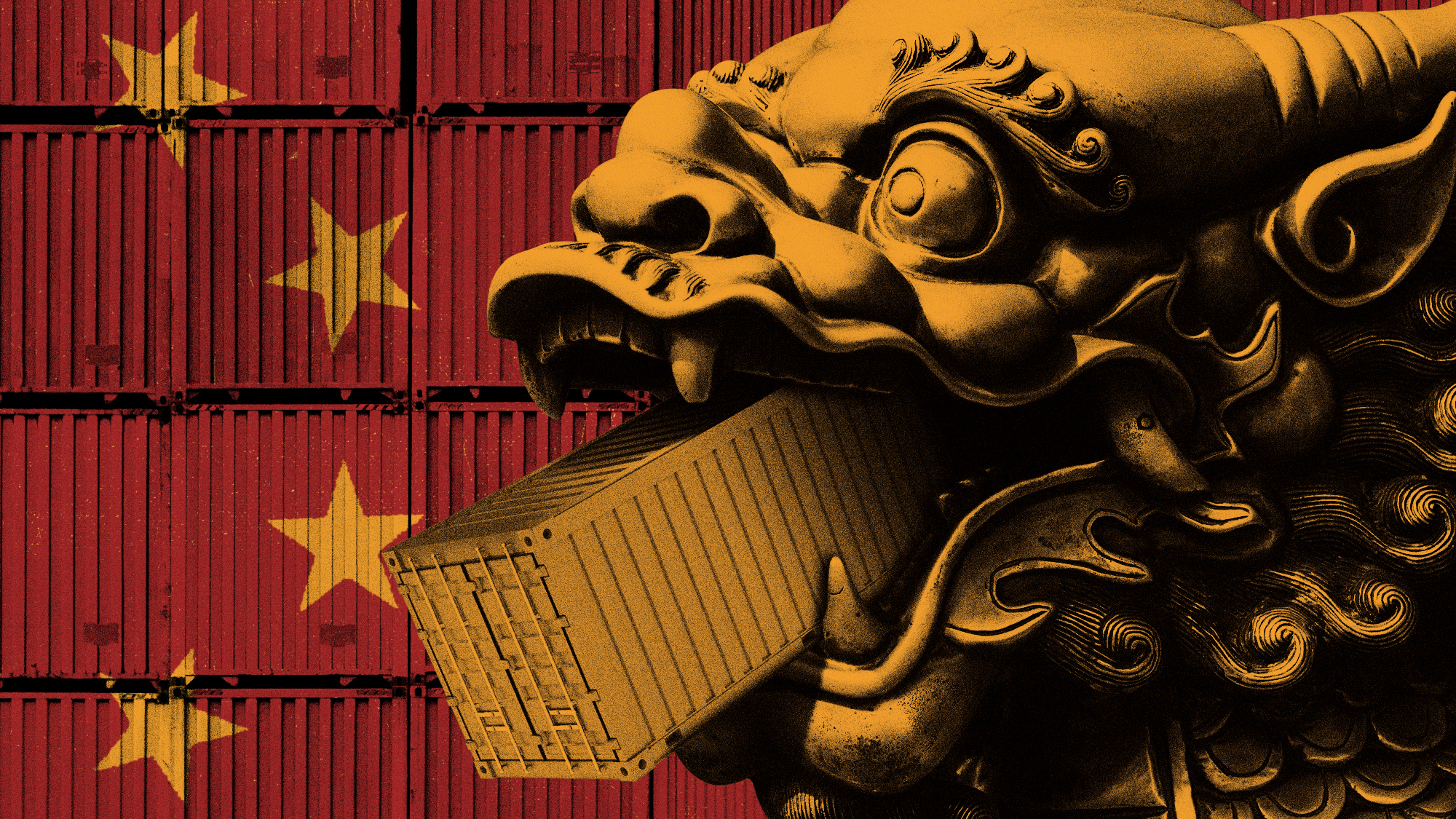How Wall Street and Endless Shrimp may have killed Red Lobster
The company's shrimp deal may have worked a little too well


When thinking of seafood and cheddar bay biscuits, there is only one restaurant chain that comes to mind: Red Lobster. However, the company is having trouble staying above water these days; it has closed numerous locations and officially filed for bankruptcy on May 20.
This marks a significant fall from grace for a company that remains the largest seafood restaurant in the United States, according to Statista, with $2.3 billion in annual sales in 2021. But why is the once ubiquitous chain on the verge of collapse?
Some have said it is the result of the wide-scale promotions Red Lobster runs, such as their Endless Shrimp (which alone was responsible for around $20 million in losses for the company). However, while these types of deals were "financially ruining Red Lobster," according to Food & Wine, others have pointed to another, more common culprit: greed on Wall Street.
The Week
Escape your echo chamber. Get the facts behind the news, plus analysis from multiple perspectives.

Sign up for The Week's Free Newsletters
From our morning news briefing to a weekly Good News Newsletter, get the best of The Week delivered directly to your inbox.
From our morning news briefing to a weekly Good News Newsletter, get the best of The Week delivered directly to your inbox.
What went wrong at Red Lobster?
Elements of the problem can be traced to the various deals the company has offered. The Endless Shrimp promotion, which allowed people to eat unlimited shrimp for $20, was simply "too popular, and Red Lobster was unprepared for its customers' insatiable lust for discounted shellfish," said CNN. As a result, the company lost millions.
This is not the first time that Red Lobster has gotten itself into financial trouble over this type of deal. In 2003, they ran an Endless Lobster campaign, and like with the shrimp, Red Lobster "misjudged just how many seafood lovers would pour into restaurants around the United States," said CNN. And just like in 2024, the company ended up losing millions in a matter of weeks.
But these types of deals alone "didn't doom Red Lobster — they were just two missteps in a long spiral for a chain that was once an industry pioneer," said CNN. Red Lobster's "earnings transcripts, company filings and sales data ... [shows] how leadership problems, strategic missteps and a difficult economy combined to hobble the iconic chain," said Restaurant Business magazine. This includes the influence of Thai Union, a seafood company which serves as Red Lobster's main shareholder. Thai Union "forced huge cost reductions, including many that were penny-wise and pound-foolish because they hurt sales," a former Red Lobster executive said to CNN.
It can likely be said, though, that the Endless Shrimp deal was the final nail in the coffin for the restaurant chain, as "rather than accelerate the brand's momentum, the discount moved the chain backwards," said Restaurant Business. In the third quarter of 2023 alone, the promotion led to a 4% increase in customer traffic, but this "came at a loss of more than $11 million." But there is also the last remaining piece of the puzzle for Red Lobster: Wall Street.
A free daily email with the biggest news stories of the day – and the best features from TheWeek.com
How is Wall Street responsible?
While the Endless Shrimp may have contributed to Red Lobster's problems, some have claimed that the true problem with the brand lies on Wall Street. The story of the restaurant is "much more complicated than a bunch of stoners pigging out on shrimp," said Business Insider. Rather, it is related to "waning customer interest, constant leadership turnover and, as has become a common tale, private equity's meddling in the business." These problems are not new to the brand, as a 2014 Fortune article noted that "private equity investors can't save Red Lobster."
However, the company did not begin its true downfall until Thai Union bought into it in 2016, John Gordon, a restaurant analyst in San Diego, said to Business Insider. While Thai Union had significant experience in the seafood sector, they were "totally unprepared to hold a casual-dining restaurant." And while other restaurant chains have undergone similar struggles throughout the pandemic era, what separates Red Lobster is a "decade of private equity and investor tampering," said Business Insider.
Beyond Thai Union — which is currently trying to sell its Red Lobster investment — the company has gone through numerous ownership changes that "make it hard to settle on a turnaround vision." Red Lobster "faces challenges that necessitate a long-term view that requires patience — the kind that the short term-focused Wall Street often struggles to tackle," said Business Insider. Even though Red Lobster has now declared bankruptcy, there is still a chance that the company will live on afterward.
Justin Klawans has worked as a staff writer at The Week since 2022. He began his career covering local news before joining Newsweek as a breaking news reporter, where he wrote about politics, national and global affairs, business, crime, sports, film, television and other news. Justin has also freelanced for outlets including Collider and United Press International.
-
 Pipe bombs: The end of a conspiracy theory?
Pipe bombs: The end of a conspiracy theory?Feature Despite Bongino and Bondi’s attempt at truth-telling, the MAGAverse is still convinced the Deep State is responsible
-
 The robot revolution
The robot revolutionFeature Advances in tech and AI are producing android machine workers. What will that mean for humans?
-
 Health: Will Kennedy dismantle U.S. immunization policy?
Health: Will Kennedy dismantle U.S. immunization policy?Feature ‘America’s vaccine playbook is being rewritten by people who don’t believe in them’
-
 The longevity economy booms as people live longer
The longevity economy booms as people live longerThe Explainer The sector is projected to reach $27 trillion by 2030
-
 How will China’s $1 trillion trade surplus change the world economy?
How will China’s $1 trillion trade surplus change the world economy?Today’s Big Question Europe may impose its own tariffs
-
 How will the Warner Bros. bidding war affect the entertainment industry?
How will the Warner Bros. bidding war affect the entertainment industry?Today’s Big Question Both Netflix and Paramount are trying to purchase the company
-
 Texas is trying to become America’s next financial hub
Texas is trying to become America’s next financial hubIn the Spotlight The Lone Star State could soon have three major stock exchanges
-
 Employees are branching out rather than moving up with career minimalism
Employees are branching out rather than moving up with career minimalismThe explainer From career ladder to lily pad
-
 Who will be the next Fed chair?
Who will be the next Fed chair?Today's Big Question Kevin Hassett appears to be Trump’s pick
-
 Why is crypto crashing?
Why is crypto crashing?Today's Big Question The sector has lost $1 trillion in value in a few weeks
-
 US mints final penny after 232-year run
US mints final penny after 232-year runSpeed Read Production of the one-cent coin has ended
